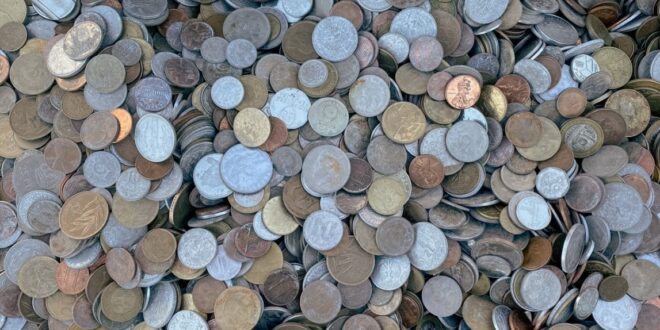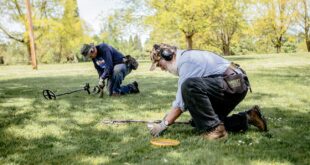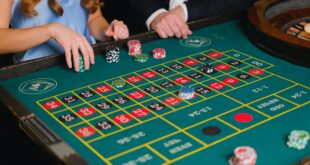Numismatics can be a very interesting and relaxing hobby to have. Digging deep into the currencies and their history can uncover some exciting stories tied to production itself. Of course, before we can dive deep into it, we need to learn some beginner tips that can help us get started.
Learn the basics of a coin
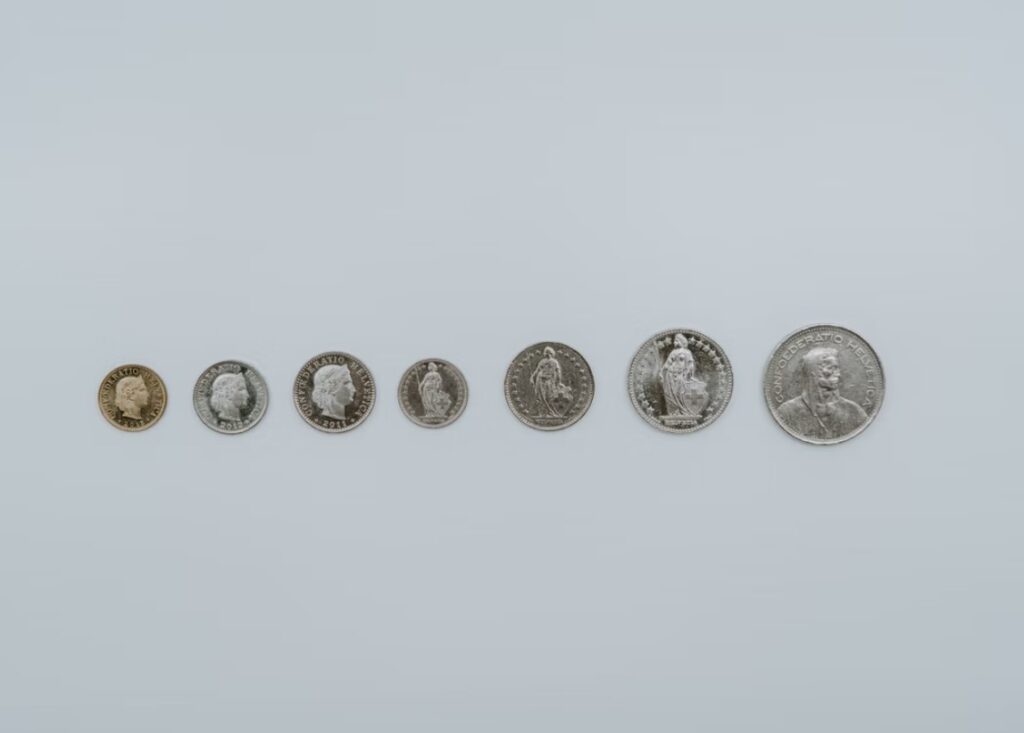
Each coin has its basic parts. This is where most people should start. Knowing the parts of a coin makes collecting and analyzing them exponentially easier. Of course, you could pick this up as you go but it’s usually best to start with this step instead.
Every coin has a head, it is also referred to as the obverse side of the coin. Inscribed on this side is the year the coin was minted, usually with the accompanying image that may relate to the period. On the other side, you have the tail. This is where you’ll find the values of the coin and maybe a few extra design details. This side is called the reverse side.
Other than two sides, coins have a relief, a rim, an edge, a field, and a legend. The relief is the part of the coin that is raised above its surface, often used in showcasing some design details or easing recognition. Going around the two sides of the coin and enveloping the entire coin is the rim of the coin. Along with it, we have the edge of the coin which has a variety of designs from grooved to completely plain. Inscriptions on a coin are called legends. The legend is usually packed with letters and details of the coin. Lastly, the empty field of the coin is referred to as a field. There are no inscriptions or details on the coin’s field, it merely serves as a background.
With that out of the way, you should consult some literature and online resources to learn the in-depth concerns of numismatics. Places like rarecoin.de can give quick advice with little hassle.
Find appropriate literature
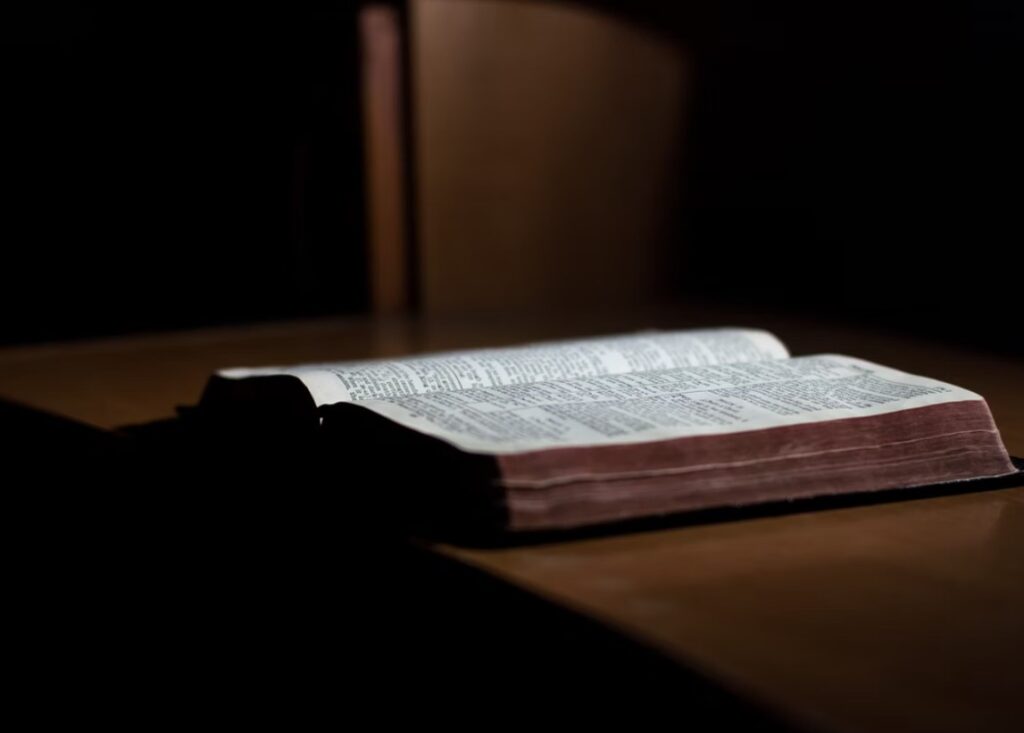
Just about any interest or hobby will require from us some level of education on the matter. It’s not just a matter of reading a lot of literature on the matter but reading the proper one. There are a ton of different books on coins out there, requiring too much of our time than possible. To skip the broad literature, you should focus on a few factors that will become key to your exploration of numismatics.
A key subject to read up on is grading. While books in this branch are also numerous, most of them use the same scale. This being the Sheldon grading scale for determining coin value. This scale was invented by William Sheldon, it initially covered only cents but has since become adjusted to a ton of currencies. If you are still confused about the book you should pick up, we recommend books published by official organizations related to numismatics.
Other than those, it’s always good to have reference material on hand. Getting reference books for coins is more often useful for cataloging than grading itself. The reference books are usually better the bigger they are, offering pictures that will aid you in distinguishing the coins accurately. If you target a specific type of coin you could get specialized books, which leads us to the next tip.
Specialization over generalization
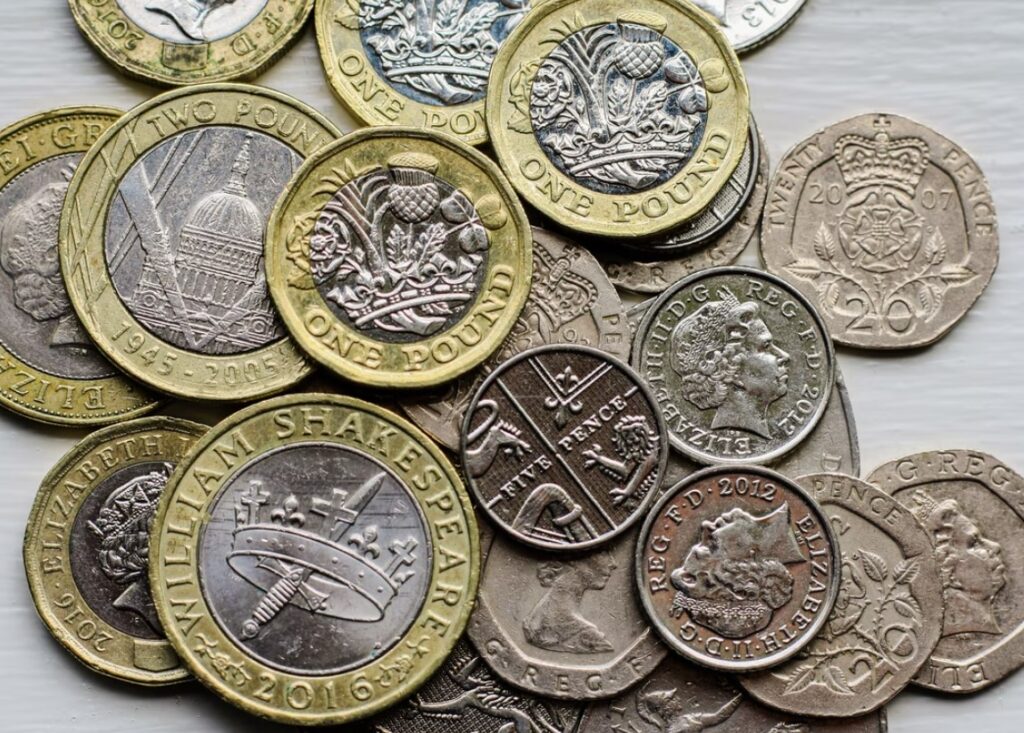
When starting out with numismatics, it pays to set your sights on a specific currency or era. While it can be tempting to dive into the field without any restrictions, it can end up being pretty overwhelming to deal with.
As with the above book advice, specialization drags with itself certain literature you should read. This narrowing of focus does allow you to find a lot more good books that are going to provide you with all the knowledge needed.
Specialization can vary from collector to collector. Some simply limit themselves to a currency, some pick a year too, and then there are some with completely specific collections. Usually only collecting coins of a specific currency, size, material, and year as well as investing all of their time in cataloging them.
The specialization also helps us not get lost in the various collecting options we get. If you get confronted with an entire case of rare coins, having a specific series take precedent means less choice paralysis. We will quickly find ourselves advancing the specialized collection while an overly generalized one may feel like we are being dragged on all fronts. Once we finish our current specialized series, we can move to another one. Creating sets of engaging collections rather than a single scattershot one.
Learn to clean and store coins
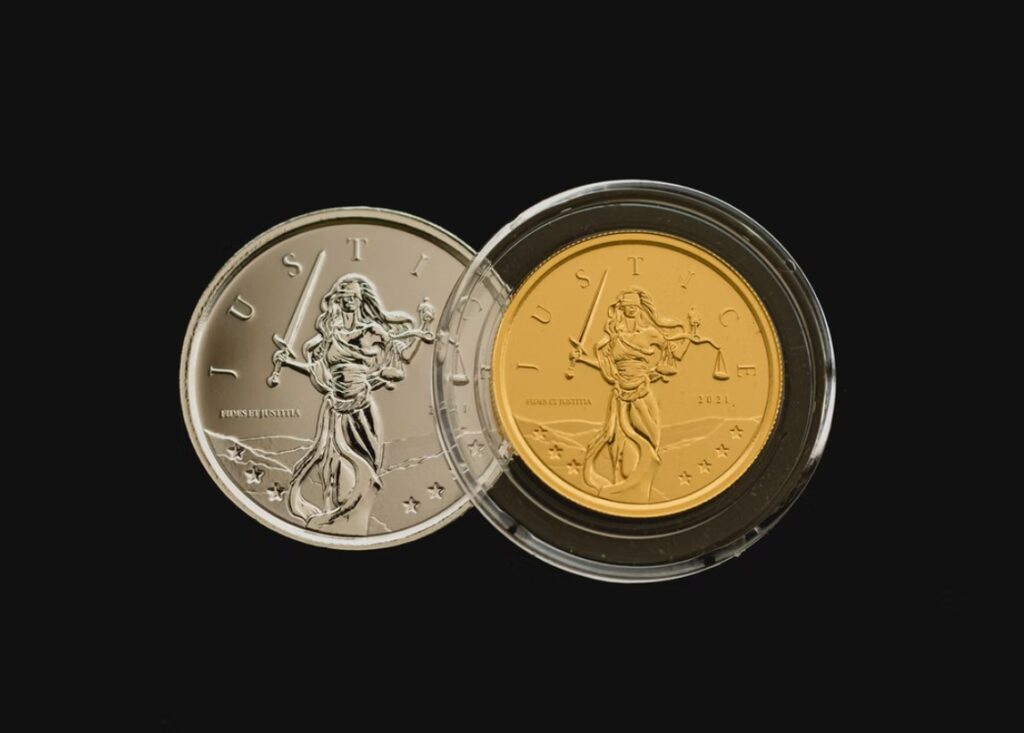
It may seem silly to worry about the storage of coins. After all, they are made from resilient metals and are unlikely to break. This is true but the damage inflicted upon them can still hamper their impressiveness. Not to mention that leaving them to the elements could quickly deteriorate some coins that aren’t made out of exceptionally durable materials.
Coin trays and cabinets are a frequent solution for coin collectors across the globe. These aren’t very extravagant solutions nor are they the safest ones. They should be employed exclusively for coins of a lower value as the higher valued ones may be better secured.
Those unique, rare coins should be stored individually. Items such as coin envelopes are great for this purpose. They are simple yet capable of isolating the coin from outside effects that would otherwise cause it harm. The envelopes will prevent your coins from oxidizing and scratching, making them just that much nicer to put on display.
Of course, some may have questions about cleaning coins. The most common advice is not to clean them at all. Most cleaning approaches will reduce the value of a coin. While there are proper ways to go about it you should still avoid it if not necessary. The same cannot be said for displays you hold your coins at. Wiping off dust and other dirt from your displays can make the collection pop out so consistently cleaning the storage is a good way to enhance your collection.
 Imagup General Magazine 2024
Imagup General Magazine 2024
